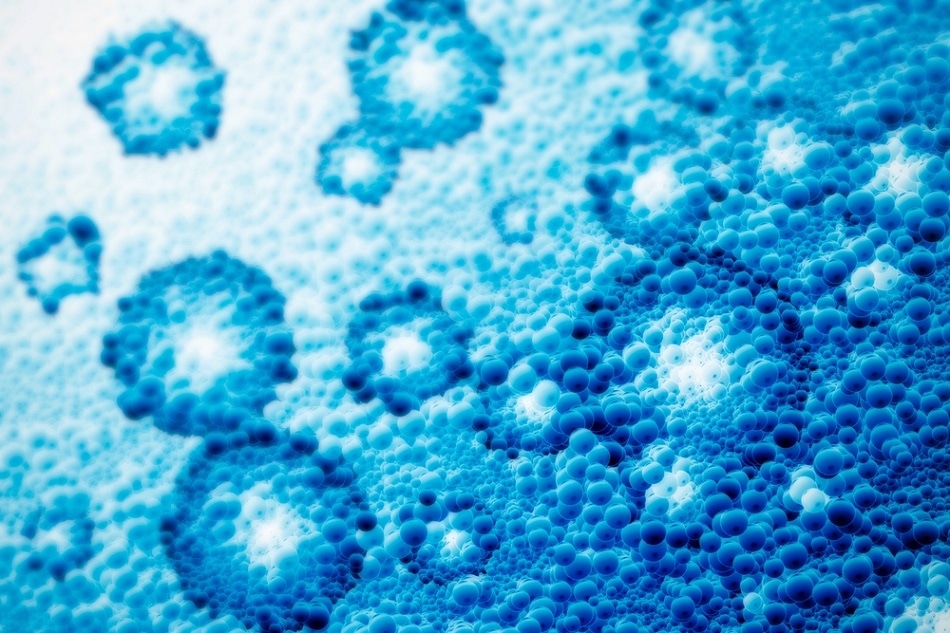Nov 3 2017
ITMO University Researchers have developed a new approach for attaining non-toxic magnetic photonic crystals, increasing their applications from chiefly photonics to biomedicine.
 GiroScience/ Shutterstock.com
GiroScience/ Shutterstock.com
Nanospheres developed with the new method could be used for designing drugs capable of fighting cancer and thrombosis. The research results have been published in Scientific Reports.
Basically, a magnetic photonic crystal (MPC) is a complex of nanoparticles capable of selectively changing its reflectance spectra under the influence of applied magnetic field. Such crystals can be employed in photonics for developing optical fibers, filters and various other applications. While application of such systems holds great potential, there are a few problems concerning the synthesis of MPC. This procedure needs sophisticated equipment, high temperature and pressure and also extremely toxic chemicals.
Scientists from ITMO University in partnership with their colleagues from Saint Petersburg Electrotechnical University and N.N. Blokhin Russian Cancer Research Center recommended a simple and inexpensive method which enables MPC production without toxic chemicals and in mild conditions. The method has been based on the controlled destabilization process of magnetic nanoparticles solution leading to the formation of bigger nanocrystals.
The main feature of the process refers to the fact that the reagents employed for this purpose are known to be non-toxic and are also approved by Food and Drug Administration (FDA) and European Medical Agency (EMA) for parenteral administration. The resulting nanocrystals comprise of similar sizes, exceptional stability and are capable of forming periodic structures under the influence of magnetic fields. Such features allow regulating the wavelength of light reflected by nanocrystals, which could be employed for constructing different communication, sensory and navigation systems.
Due to their biocompatibility, it is also possible to use such nanospheres in biomedicine for targeted drug delivery.
Unlike its alternatives, our method is suitable for diverse fields rather than just for optics and photonics. Due to mild synthesis conditions we are able to modify our technique in order to incorporate drugs in the structure of nanospheres. We are currently working on drugs for thrombosis and breast cancer treatment. Since we avoid using toxic chemicals, such drugs are safe to inject into the body. As soon as they reach the required tissue we can apply magnetic field to separate MNS and release the medicine with precision.
Andrey Drozdov, Researcher, The SCAMT Laboratory, ITMO University
Flexibility is another benefit of the proposed method. Controllable destabilization allows obtaining nanospheres from different materials or their mixtures.
In this research we have used magnetite: iron oxide with strong response to magnetic field. By adding other metal oxides, however, we could achieve hybrid nanospheres with features that were previously inconceivable.
Andrey Drozdov, Researcher, The SCAMT Laboratory, ITMO University